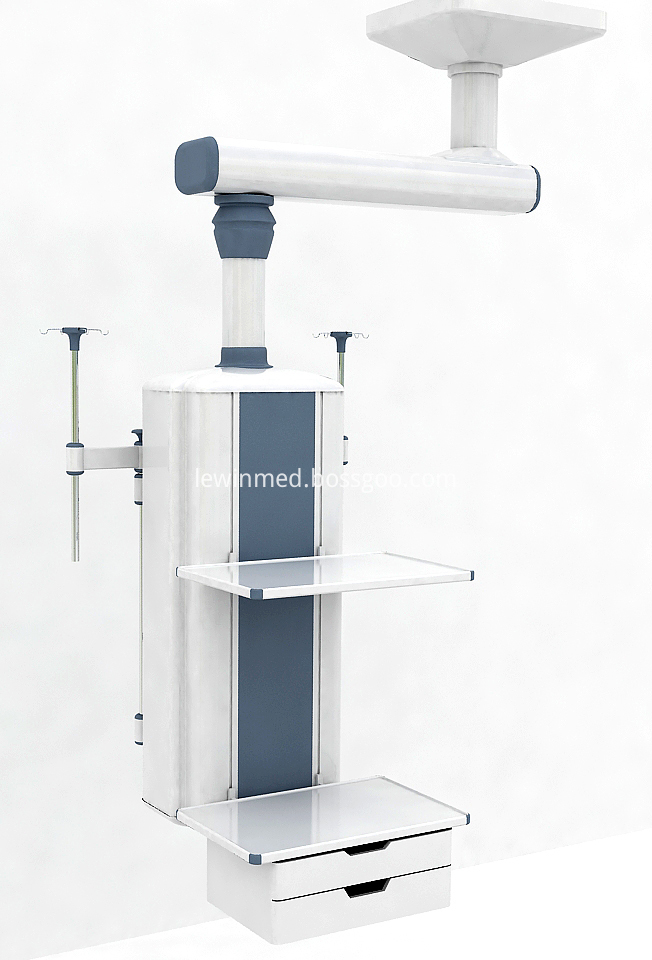The use of cages for intensive fish farming of California salmon can also provide excellent economic benefits, and cages can be set up in reservoirs, lakes, rivers, and ponds.
1, cage storage and placement
The cage is a Lux-type knotted double-layered cage with a specification of 4m 4m 2m and a mesh size of 2.5cm. The net row floater is made of bamboos, the main lanes are double-rowed with bamboos, the auxiliary lanes are single rows of bamboos, and the cages are separated by 2 meters. Shenzi is a cement block weighing 1 kilogram each, with 8 sinks per net. The bamboo row is fixed with 6 cement piers and weighs 60 kg each. The cage area is set according to the needs, generally 16-30 square meters. should). The cages can be installed in reservoirs, lakes, rivers and ponds, and the cages can be moved according to the water level changes to keep the depth of the cages at more than 3 meters.
2, breeding methods
(1) Single-care cages: California salmon are individually kept in cages, and feeds are regularly fed on a daily basis, resulting in higher yields.
(2) Cage nesting: In the cage, California salmon is bred, and at the same time, the pupae and squid species will be thrown in at once. During the aquaculture process, with the growth of California salmon, the maggots and oysters, which mainly eat plankton in cages, are also growing. The salmon in the cages have abundant palatable food and are free from external interference. Eat. As the number of bait fish gradually decreases, the density of California salmon can be kept within a relatively reasonable range.
3, breeding technology
(1) Water surface selection: Generally selected in the middle and upper reaches of the main river course, the living area of ​​the reservoir, the vicinity of the auxiliary dam, and the deep water area of ​​the lake, and avoid setting up cages in the fast-flowing waters.
(2) Feeding time: According to the climatic conditions in different places, when the water temperature reaches 15°C or more, fish can be put into cages. The earlier the time, the better. It can increase the growth time. Considering the source of bait fish, if oysters and oysters are used as bait for nesting, the timing of the arrival of California bonito seedlings should be considered in consideration of the breeding seasons of pupa and pupa, as well as their own bait, plankton-breeding season. .
(3) Stocking densities: Californian catfish are raised exclusively in cages, with a density of 20 to 25 tails per square metre. The stocking density is 6 to 8 tails per square meter. The bait, fish, and squid are housed in boxes at the same time, and their density is preferably 250-300 times that of the California salmon species.
(4) Baits: Whether single-cultivation or nesting, California bait fish should be palatable. If the bait fish has a body length of more than 70% of California salmon, it will be difficult for salmon to catch prey, and swallowing, biting will continue. They are stuck; if the individuals are too small, the amount of bait swallowed each day is too large, raising the cost of feeding; the body length of bait fish should be 30%-50% of the body length of California salmon.
(5) Timely binning: There is a clear imbalance in the growth of salmon in California. The individual size of salmon in cages within a short period of time will vary greatly. To prevent foodstuffs from interfering with each other, and to determine the specifications of bait fish, it must be Different size specifications grading rearing. The net size of the cages should not be the standard for bait fish. If the mesh is too small, the flow of water inside and outside the cage will be poorly exchanged and the water quality in the tank will be deteriorated. If the cage is washed frequently, the labor intensity of the cage management will be increased. The size of the first-class cage net for California catfish breeding is about 1 cm. When the salmon of California grows to more than 100 grams, it goes to the second cage for rearing.
(6) Daily management: Adhere to the daily inspection box, often clear the box, and clean the cage every 15 days to keep the water body unobstructed and fresh, and find that the cage has a rat hole or damage. It is necessary to repair it in time to avoid fish escape. During the flood season, prevent severe floods from hitting. According to the weather forecast, the cages were moved to the ventilation safety area before the rainstorm arrived. To strengthen the disease prevention and treatment, California catfish seedlings are disinfected before they are placed in boxes and bins. Feeded baits should be fresh and clean.
Single Arm Manual Medical Pendant .oxygen sockets, seven 10A multi-function power outlet, a network socket, three platforms, a drawer, a ground terminal, a set of infusion stand. Rotation angle ≤ 340 °.highly manoeuvrable pendants for surgeons where positioning is vital.Surgical Pendant are usually mounted around the foot-end or sides of the Operating Table so as not to interfere with the anaesthetists equipment.

Single Arm Manual Surgical Pendant
Single Arm Manual Surgical Pendant,Manual Anesthesia Pendant,Manual Ceiling Pendant,Manual Medical Gas Pendant
Shandong Lewin Medical Equipment Co., Ltd. , https://www.operatinglight.nl